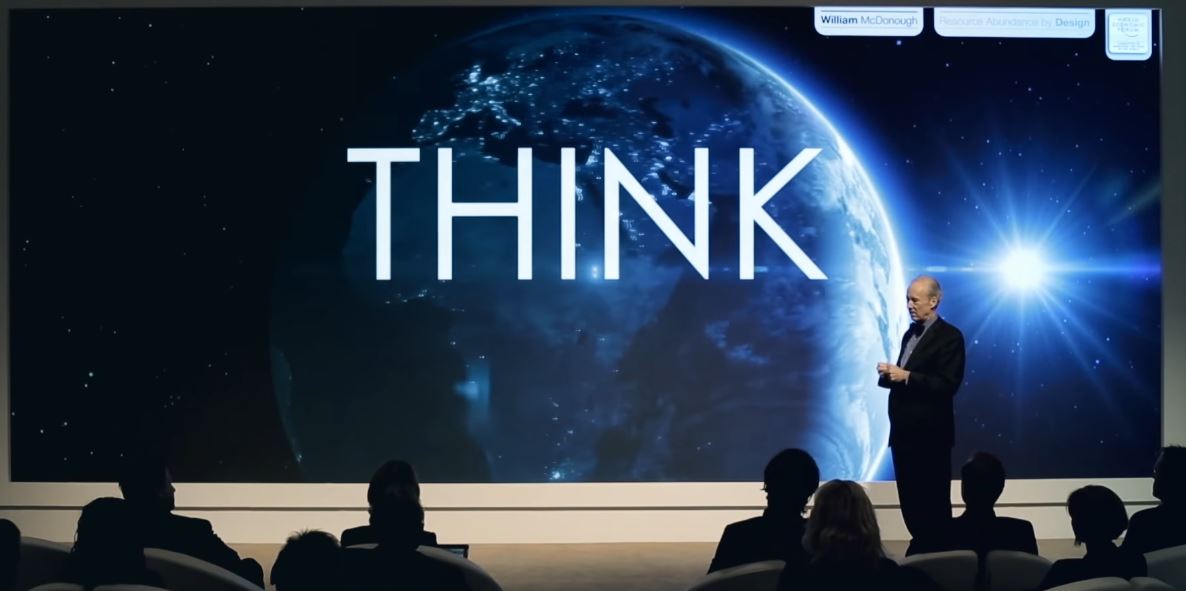What is the future of technology within business and commerce? How will technology drive society in future generations? Since the first industrial revolution in 1784, humans have increasingly relied upon technology to efficiently run business. Technology, as well as our use of and reliance on it, has evolved greatly in the last 40 years.
Changes in technological advancements often coincide with the rise of new businesses to capitalise on them. Inevitably, some long-standing businesses fall by the wayside, as they fail to adapt to the new environments created by this technology. The world changes every day, and constant innovation is the only way to keep up with the ever-quickening pace of society.
“Isn’t it funny how day by day nothing changes, but when you look back everything is different?”- C.S. Lewis
Since 1784, technological advances have driven society and industry forward until they are forced into a radical change: these are called industrial revolutions. As you may know, there have been 3 industrial revolutions to date.

The 1st industrial revolution meant a move away from animals, human effort, and bio mass as our main source of energy. This was replaced with the use of fossil fuels and mechanical power. The 2nd industrial revolution was led by innovations in the form of electricity (both wired and wireless) and new forms of power generation. The 3rd industrial revolution led us into the digital age, with the development of digital systems and communication. Rapid advancements in computing power from then on have paved the way for innovative ways of generating, processing and sharing information.
So rapid have these advancements been that we now stand, a mere 50 years later, on the cusp of a promising 4th industrial revolution. The 4th revolution, is expected to be the biggest and most radical since the 1st. According to Professor Klaus Schwab of the World Economic Forum, this revolution will center around “the fusion of technologies, blurring the lines between the physical, digital and biological spheres.”
By definition, revolutions are dynamic, disruptive and destructive. The 4th industrial revolution will require transformation for stakeholders at all levels, from the global community to public and private sectors to academia and civil society. All must adapt to the new digital age.
“Digital is the main reason just over half of the companies on the Fortune 500 have disappeared since the year 2000.” – Pierre Nanterme, CEO of Accenture
Digital networks are key differentiators, enabling new forms of sharing and distributing both intelligence and value creation. The 4th industrial revolution is often referred to as the advent of “cyber-physical systems”, leading to new capabilities for people and machines. Presently, the system-wide infrastructure established by the 3rd industrial revolution is being built upon and scaled up.
The digitalised Communication Internet is merging with the digital Renewable Energy Internet, the digitalised GPS guided (soon to be) driverless Transportation and Logistics Internet. These are converging together to form a ‘super internet’, which will manage, power and distribute economic activity through society’s value chains. They preside over the Internet of Things: within the IoT era, every device and appliance will be fitted with monitors and sensors. These will allow them to communicate among themselves and with internet users, providing real time, up to date data on the managing, powering and moving of economic activity in a smart digital age.
Moving Toward the New Industrial Revolution
Today, 14 billion sensors are currently in use, attached to resource flows, warehouses, road systems, factory production lines, the electrical transmission grid, offices, homes, stores and vehicles. Sensors allow for continual performance monitoring – accumulated big data can then be fed back into the Communication Internet, Energy Internet, and Transportation and Logistics Internet.
It is estimated that by 2030 there will be over 100 trillion sensors worldwide, digitally connecting us and the natural environment in a global intelligent network. For the first time, people around the world will be able to collaborate directly together, potentially democratising economic life.
CIO & IT
Today, IT systems already find themselves at the heart of businesses, especially production systems. Tomorrow, these systems will connect to a multitude of sub-systems, service and customer networks for example – becoming the new norm for business. The merging of information and operations technology will dictate industrial processes and factory automation as well.
Smart services will be created as interacting networks, as physical and digital elements are co-engineered to form cyber –physical systems. For CIO and IT organizations, getting the balance right between in-house and sourced talent will be key when navigating this complex marketplace. It will also help avoid the pitfalls of shadow IT and prevent fading into back-office functions.
Employees and HR
The World Economic Forum expects that 65% of children today will grow up to work in jobs that don’t yet exist. With past industrial revolutions, we had the luxury of time to train and retrain workers, but with the exponential growth of technological advancement, this is no longer the case. As ever, automation will relieve some low-skilled workers of their duties. However, new opportunities will arise, requiring new skills, and overall employment is expected to increase in the next decade.
This newfound demand will increase the need for software that leverages connectivity and analytics – it also means that employees with skills in IT and software development will be highly sought after. Some manufacturers are already hiring “Industrial Data Scientists” to implement advanced data analytics, program robots, and improve processes. Mastering this skill transformation will be a key aspect to survival, and companies obviously must have adequate software in place to do so.
Manufacturing
Manufacturers who wish to stay ahead of the curve and retain a competitive advantage will look to increase production flexibility, automate logistics and deploy smart machines and smart products along the manufacturing value chain. The 4th industrial revolution will require enterprises to combine virtual and real production as much as possible through advanced software, automation and data integration. In this new paradigm, close collaboration between suppliers and partners will dictate product processes and automation.
The ‘on demand’ nature of the world today makes it possible to implement a ‘just in time’ policy, which could in turn increase efficiency. New technologies like additive manufacturing and immersive computing may also contribute to this effect. Ultimately, the chance to digitise goods shipments and complete production could help reduce carbon emissions and waste.
Every past industrial revolution has forced governments, businesses, and institutions to re-examine existing procedures and policies. The 4th industrial revolution will prove no different, except that it will be both physical and digital simultaneously. It is this which makes it imperative for enterprises across the world to react quickly to an unprecedented rate of technological innovation or face being left behind as the world changes around them.
Symtrax boasts two powerful applications to handle your data and documents, ensuring you are ready for the 4th industrial revolution.
Compleo Suite ensures that your business can digitise and streamline processes through workflows and approvals, as well as handle all your business documents quickly and efficiently. It is also flexible and agile and as such, an excellent tool to counter rapid unforeseen changes.


